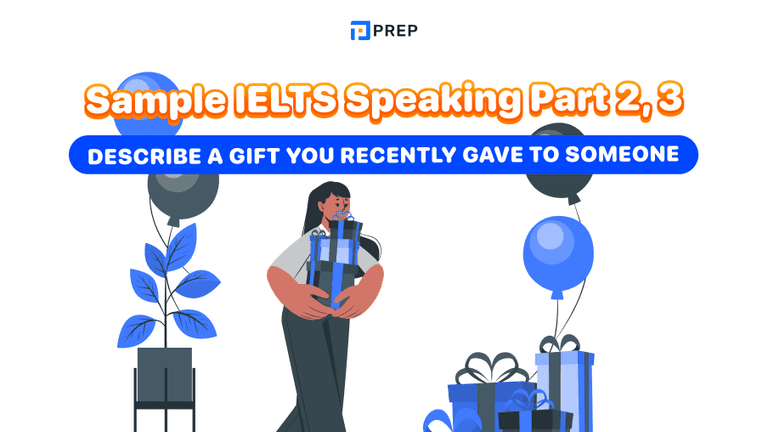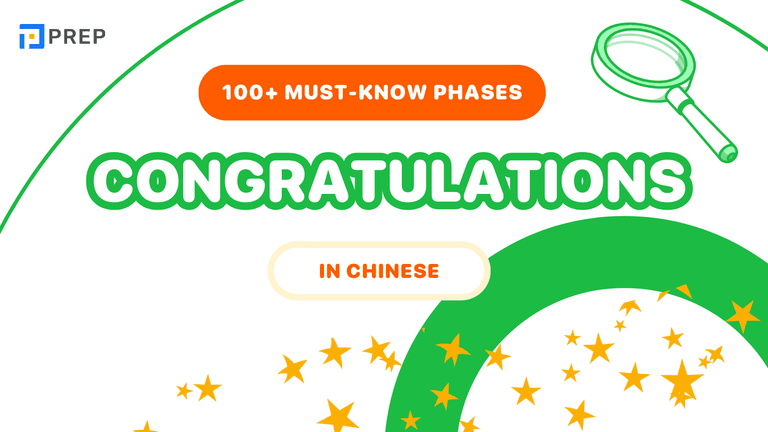S ES and IES: Rules, Mistakes, and Practice
Mastering the rules for adding S ES and IES is essential for speaking and writing correctly in English. This guide breaks down the core rules with clear examples, common mistakes to avoid, and interactive practice exercises—perfect for beginners or anyone reviewing the basics.

I. Definition of plural nouns add s es and ies
In English grammar, plural nouns refer to words that indicate there is more than one person, place, thing, or idea. To form most plural nouns, we add the endings -s, -es, or -ies to the singular form of the noun. These endings help show the grammatical difference between “one” and “more than one”.
For example:
- cat → cats
- bus → buses
- baby → babies
Adding -s, -es, or changing -y to -ies depends mainly on the final letter(s) in the singular form. These rules are important not only in using correct grammar, but also in improving your writing accuracy and reading comprehension.
Plural endings are also essential for subject–verb agreement, especially in the present simple tense. Understanding these spelling patterns will help you build a strong grammar foundation as you progress in your English learning journey.
II. When to Add S, ES, or IES?
Once you understand the purpose of plural endings, the next step is knowing when to use -s, -es, or -ies. These endings follow clear patterns based on the final letter or sound of the word.

Although many English words become plural simply by adding -s, there are specific rules for when to use -es or change -y to -ies. These spelling changes help learners pronounce words more clearly and maintain correct grammar across writing and speaking tasks.
1. Rule 1: Add -S for Most Nouns and Verbs
You add -s to most nouns and verbs when the word ends in a regular vowel or consonant that doesn’t require a change in spelling.
| Principles of adding S to nouns and verbs | Example |
| When a noun or verb ends with the vowel "o" preceded by a different vowel (u, e, a, i). |
|
| When a noun or verb ends with the consonant "y" preceded by a vowel (u, e, o, a, i). |
|
| When a noun or verb ends with "f/fe" ➞ Add "s" after the word (applies only to some cases). |
|

Principles of adding S
2. Rule 2: Add -ES for Special Endings
You add -es to nouns or verbs ending in sibilant sounds or specific patterns that make an extra syllable when pronounced.
| Principles of adding ES to nouns and verbs | Example |
| When a noun or verb ends with "s, ss, sh, ch, z, and x". |
|
| When a noun or verb ends with the vowel "o" preceded by a consonant. |
|
| Nouns like "calf, half, knife, loaf, leaf, life, self, thief, wife, wolf,..." ➞ Replace "f/fe" with "v" and add "es" after. |
|

Principles of adding ES
3. Rule 3: Change -Y to -IES After a Consonant
If a noun or verb ends in consonant + y, remove the “y” and replace it with “ies”.
| Principles of adding IES to nouns and verbs | Example |
| When a noun or verb ends with a consonant + "y" preceded by a consonant ➞ Replace "y" with "i" and add "es". |
|
III. Common Mistakes with S ES and IES
Even though the rules for adding S ES and IES seem simple, many English learners make frequent mistakes when writing or speaking. Below are the most common issues and how to avoid them.
Mistake 1 - Adding s/es to the wrong verb subjects: In the present simple tense, -s or -es is added to the verb only when the subject is he, she, it, or any third-person singular noun.
- Incorrect: They goes to school every day.
- Correct: They go to school every day.
Tip: Do not add “s” or “es” to verbs when the subject is I, you, we, or they.
Mistake 2 - Forgetting to change “y” to “ies” after consonants: When the word ends with a consonant + y, "y" should change to "ies" in the plural or third-person verb form.
- Incorrect: The baby crys too much.
- Correct: The baby cries too much.
Rule:
- Consonant + y → change y to ies
- Vowel + y → add s (play → plays)
Mistake 3 - Confusing “f” and “fe” endings: Some words ending in f or fe change to ves in the plural. Learners often overgeneralize or apply this incorrectly.
- Incorrect: The leafs fall in autumn.
- Correct: The leaves fall in autumn.
Be careful: Not all words ending in "f" change to "ves." For example, "cliffs" and "chiefs" keep the original form and add only "s."
Mistake 4 - Adding “s” unnecessarily: Some learners add “s” to uncountable nouns or irregular forms that do not take “s” in the plural.
- Incorrect: She gave me many advices.
- Correct: She gave me some advice.
Also avoid adding “s” after auxiliary verbs or modals.
- Incorrect: He can sings very well.
- Correct: He can sing very well.
IV. How to Pronounce s/es/ies Endings?
Understanding how to pronounce S ES and IES endings correctly is just as important as spelling them. Using the correct sound helps you speak more naturally and improves clarity, especially during listening and speaking exams like IELTS or TOEIC.
Pronounce as /s/: Use the /s/ sound when the basevoiceless consonant sound (such as /p/, /t/, /k/, /f/).
Examples:
- book → books /bʊ
- cap → caps /kæps/
- laugh → laughs /læfs/
Pronounce as /z/: Use the /z/ sound when the base word ends in a voiced consonant sound (such as /b/, /d/, /g/, /v/, vowels)
Examples:
- bag → bags /bægz/
- pen → pens /penz/
- play → plays /pleɪz/
Pronounce as /ɪz/: Use the /ɪz/ sound when the word ends in a sibilant sound: /s/, /z/, /ʃ/, /ʒ/, /tʃ/,
Examples:
- bus → buses /ˈbʌsɪz/
- watch → watches /ˈwɒtʃɪz/
- garage → garages /ˈɡærɑːʒɪz/
V. Exercise on applying S ES IES Rules
To reinforce what you’ve learned about S ES and IES rules, try the exercises below. They focus on plural forms of nouns and present simple verb forms, helping you apply grammar rules in real contexts. These exercises are ideal for self-study and classroom use.
Fill in the blank: Add s, es, or change y to ies depending on the word and context.
|
Choose the correct form: play, push, baby, box, fly
|
Answers:
|
Correct the mistake
|
Find the errors in the use of plural and verb endings, then write the correct version.
|
Corrected sentences:
|
Rewrite the sentence
|
Rewrite the following sentences using the correct plural or verb ending form.
|
Suggested rewrites:
|
Use these exercises regularly to strengthen your grammar and avoid common mistakes. You can also practice by writing your own sentences using new vocabulary and applying the correct endings.
VI. Best Resources to Learn S ES and IES Rules
Mastering S ES and IES rules becomes easier when you combine grammar lessons with the right study tools. Below are some recommended resources to support your learning, whether you're studying on your own or preparing for an exam.
Grammar books
- English Grammar in Use – Offers short, clear lessons on plural nouns and present tense verb forms.
- Grammar Practice for Elementary Students – Includes basic exercises on adding S ES and IES.
- Oxford Essential Grammar Exercises – Focuses on spelling rules such as y → ies and f → ves.
Online platforms
- British Council – LearnEnglish – Interactive lessons and quizzes on nouns and verbs.
- Cambridge English – Clear, categorized grammar practice for foundational learners.
- PREP English – Offers short grammar modules with feedback, including rules for verb and noun endings.
Mobile apps
-
LearnEnglish Grammar – Quick grammar practice exercises for anytime learning.
-
Quizlet – Flashcards to review plural noun and verb ending patterns.
-
Grammaropolis – A visual and story-based app that’s great for learners who enjoy graphic learning styles.
VII. Crack the IELTS Exam With Confidence
PREP hopes that through the article about applying S ES IES Rules above, you have gained an understanding of the pronunciation rules and how to apply S ES IES Rules to nouns and verbs. If you want to discover the tips and strategies that top scorers use to excel in the IELTS exam. Our engaging lessons and focused coaching sessions will take you from beginner to pro:
- IELTS online coaching: Master IELTS With Us!

Hi I'm Chloe, and I am currently serving as an Product Content Administrator at Prep Education. With over five years of experience in independent online IELTS study and exam preparation, I am confident in my ability to support learners in achieving their highest possible scores.
Comment
Premium content
View allPersonalized roadmap
Most read












